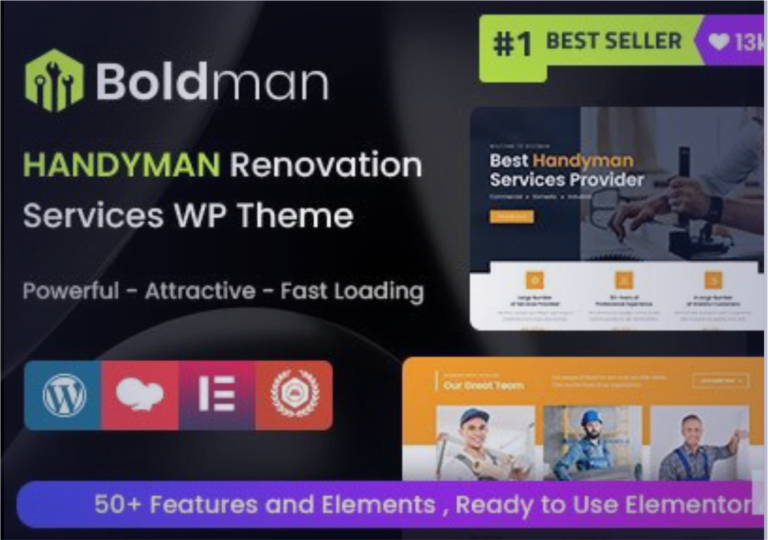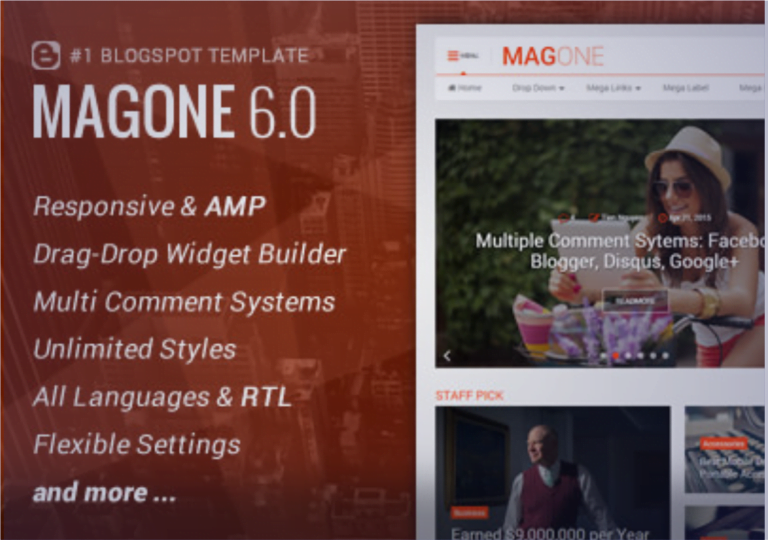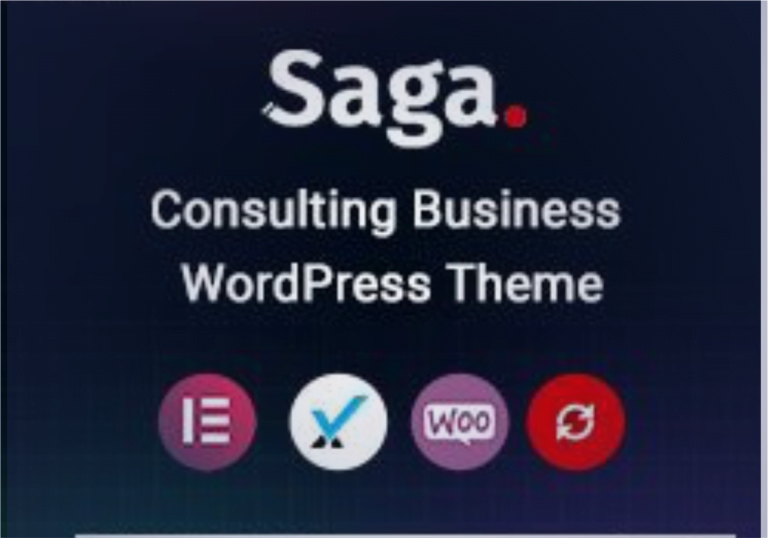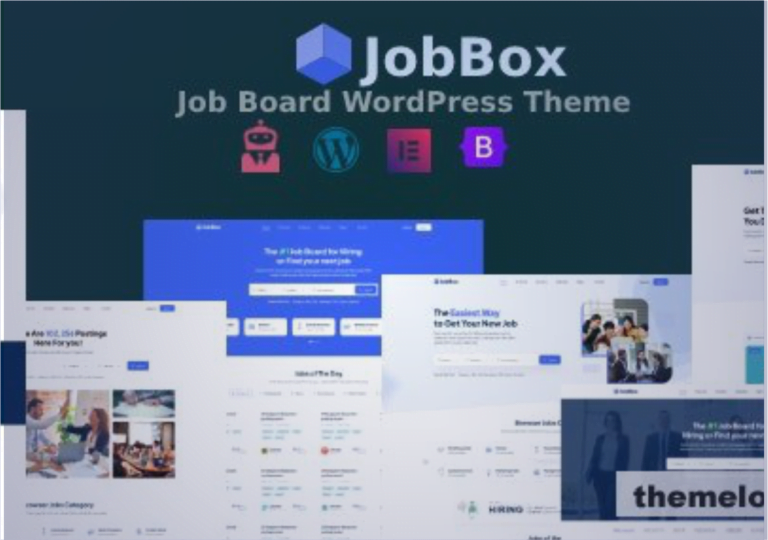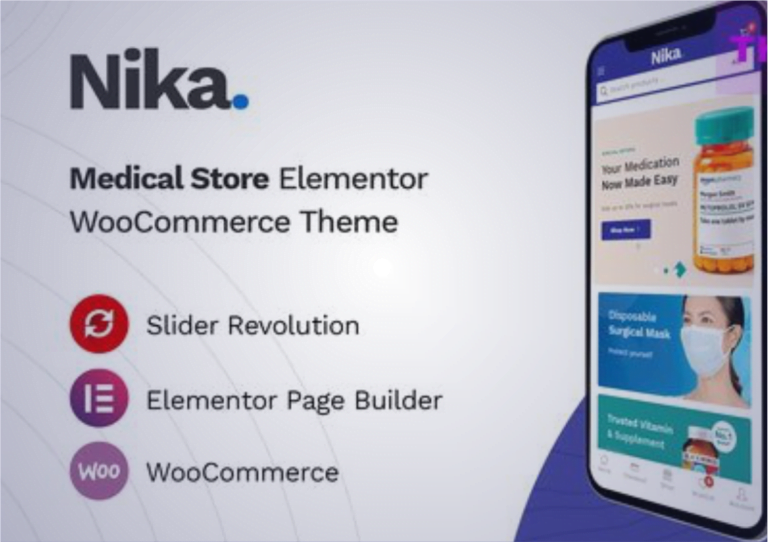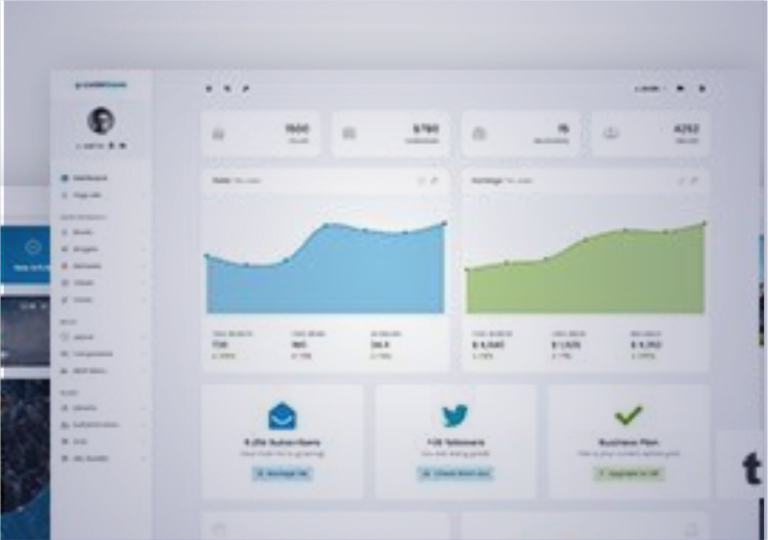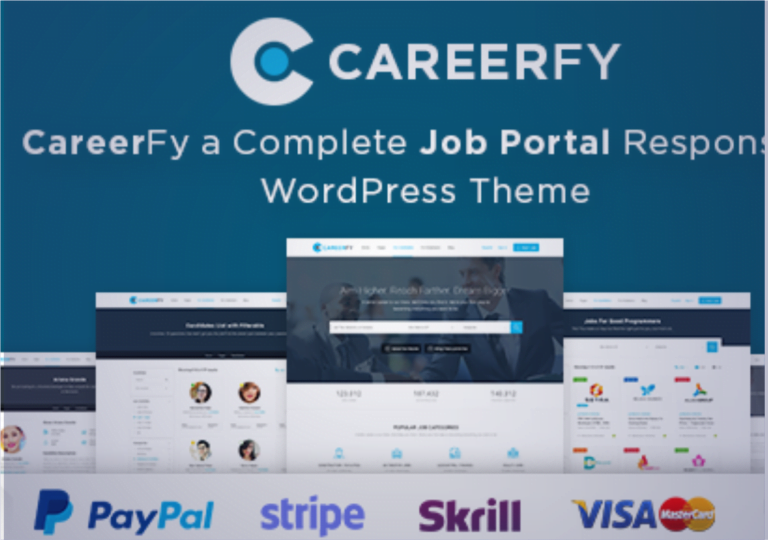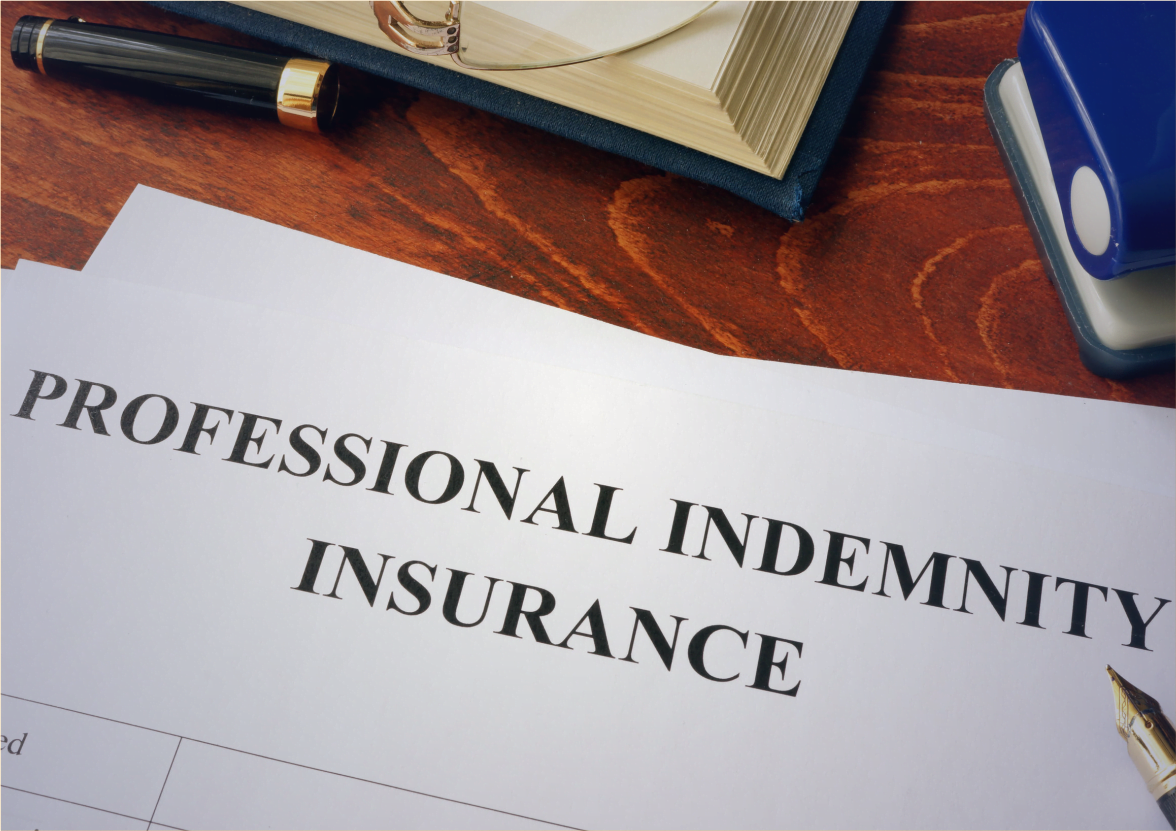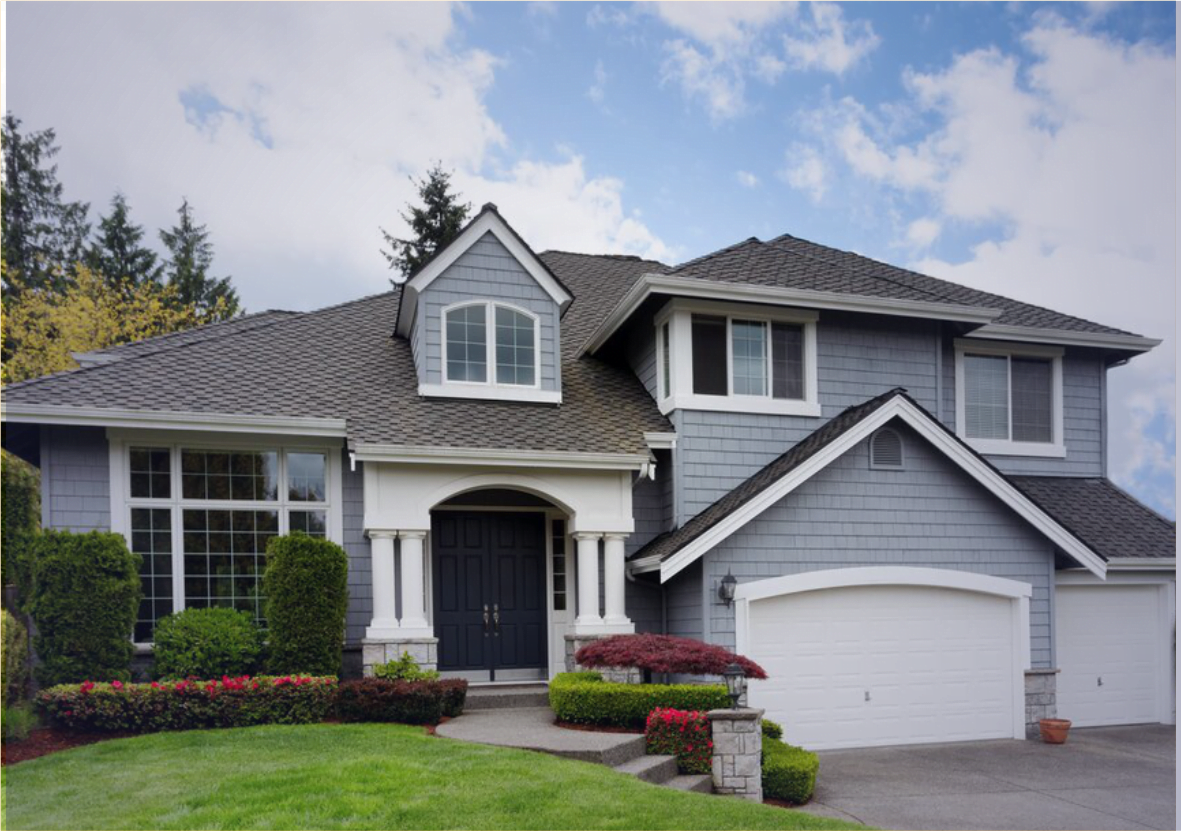The Factors That Affects Steel Building Prices
Both for industrial warehouses as well commercial spaces and even residential homes, steel buildings have become widely used. Due to its long life span, versatility in the design and an economical way of burning wood they remain at a popular choice. That said, the price of building a steel construction may fluctuate dramatically depending on some things.
Steel construction uses the finest steel alloys available, which means it is made to be one of the strongest and most resistant materials on the market. This would instead often include steel, a compound of iron and carbon with added elements to increase its tenebrosity.
What Is Steel Building ?
Steel Building A Steel building is a metal structure created with steel for inner help and most regularly, outside cladding. The durability, strength and versatility made steel buildings popular among several other applications.
These structures are visible in the industrial, commercial, agricultural and domestic sectors. In this post, let us explore the features of steel buildings and what makes them different from other types. This post breaks down the 7 key factors that affect steel buildings costs and offers some top tips on how to navigate them if you’re a builder or investor looking into steel.
Material Costs
The cost of raw materials is a major element influencing the pricing of steel constructions. Steel prices are impacted by worldwide supply and demand trends, tariffs, and the cost of raw materials such as iron ore and coal. For example, variations in the worldwide market can cause considerable changes in steel pricing. Furthermore, the grade and quality of steel utilized might affect the total cost. High-quality, corrosion-resistant steel is normally more expensive, but it can save money in the long run by requiring less maintenance and being more durable.
Building Size and Complexity
The scale of the steel building directly affects its cost. Larger structures need more materials and work, increasing the overall cost. The intricacy of the design is also an important factor. Simple, rectangular buildings are less expensive to create since the production and assembly procedures are simpler. In contrast, elaborate designs with distinct architectural characteristics, many levels, or sophisticated layouts need more accurate engineering, extra materials, and specialist labor, raising prices.

Customization and Design Features
The cost of steel structures is greatly impacted by customization options, such as functional features and design selections. Less customized standard versions are typically less expensive. On the other hand, prices increase when customers choose unique designs, specialty finishes, or extra amenities like insulation, partition walls, mezzanines, and skylights. These modifications raise the cost of materials and increase the amount of time and effort needed for construction.
Location and Site Preparation
The cost of steel structures is influenced by the construction site’s location in a number of ways. The distance from the supplier and the site’s accessibility affect the cost of labor and material transportation. Higher transportation costs may be incurred in remote or difficult-to-reach places. Furthermore, there may be significant cost increases for site preparation, which includes grading, foundation work, and utility connections. Sites with difficult terrain or those that need a lot of leveling and clearing will cost more overall.
Labor Costs
Another important consideration is labor expenses. workers costs are influenced by a number of factors, including the complexity of the construction project, local pay rates, and the availability of trained workers. Labor expenses can be much higher in locations where there is a shortage of trained people or where demand is strong. In addition, the project’s time and cost may be impacted by the effectiveness and expertise of the construction workforce. Although highly competent teams may demand greater pay, their improved productivity and superior craftsmanship may help to save total expenses.
Regulatory and Permitting Costs
Compliance with local building codes, zoning laws, and obtaining necessary permits can affect the price of steel buildings. Regulatory requirements vary by location and can influence design, materials, and construction methods. Meeting these standards often involves additional costs for engineering, inspections, and documentation. Moreover, delays in obtaining permits or complying with regulatory changes can lead to increased costs and extended project timelines.
Insulation and Energy Efficiency
The level of insulation and energy efficiency desired in a steel building can impact the overall cost. Insulating a steel building involves additional materials and labor, which increases the initial expenditure. However, improved insulation can lead to long-term savings on energy bills. Features such as insulated panels, energy-efficient windows, and HVAC systems add to the upfront cost but can enhance comfort and reduce operational expenses over the building’s lifespan.
Durability and Maintenance
While steel buildings are known for their durability, the initial investment in higher-quality materials and construction methods can affect the price. Opting for galvanized or coated steel to prevent rust and corrosion will increase costs but can extend the building’s lifespan and reduce maintenance expenses. Additionally, investing in features that enhance the building’s resistance to environmental factors such as wind, snow, and seismic activity can contribute to higher initial costs but offer long-term benefits in terms of durability and reduced repair costs.

Economic Conditions and Market Trends
Broader economic conditions and market trends also play a role in the pricing of steel buildings. Economic downturns or booms can influence the cost of materials, labor, and financing. For example, during periods of economic growth, demand for construction materials and labor increases, driving up prices. Conversely, during economic slowdowns, prices may decrease due to lower demand. Additionally, market trends such as the rise in popularity of sustainable and green building practices can impact costs, as these trends often involve the use of specialized materials and technologies.
Financing and Interest Rates
The cost of financing a steel building project can significantly affect the overall price. Interest rates on loans and the terms of financing can vary based on the economic environment and the borrower’s creditworthiness. Higher interest rates increase the cost of borrowing, while favorable loan terms can reduce the financial burden. Additionally, the availability of financing options, including traditional bank loans, government grants, and incentives for green building practices, can influence the overall cost structure of the project.
Technological Advancements
Advancements in technology have a profound impact on the cost and efficiency of constructing steel buildings. Modern design software allows for precise modeling and planning, reducing errors and waste during construction. Additionally, advancements in manufacturing processes, such as automation and prefabrication, can lead to cost savings by streamlining production and reducing labor costs. The adoption of these technologies can require an initial investment but often results in lower overall costs and faster project completion.
Supply Chain and Logistics
The efficiency and reliability of the supply chain can significantly influence the cost of steel buildings. Disruptions in the supply chain, such as delays in the delivery of materials or shortages of critical components, can lead to increased costs and project delays. Ensuring a reliable and efficient supply chain involves careful planning and coordination with suppliers and contractors. Additionally, factors such as the availability of local suppliers and the distance materials need to be transported can affect logistics costs.
Environmental Considerations
Environmental considerations, including sustainability practices and compliance with environmental regulations, can impact the cost of steel buildings. Incorporating sustainable building practices, such as using recycled materials, implementing energy-efficient systems, and achieving certifications like LEED (Leadership in Energy and Environmental Design), can increase initial costs. However, these practices often result in long-term benefits, including lower operating costs, improved building performance, and enhanced marketability.
Future Expansion and Flexibility
Planning for future expansion and flexibility can also influence the cost of steel buildings. Designing a building with modular components that allow for easy expansion or reconfiguration can require additional investment upfront. However, this approach provides the advantage of accommodating future growth or changes in use without the need for extensive modifications. This flexibility can be particularly valuable for businesses with evolving needs or uncertain future requirements.
Conclusion
There are many factors that contribute to the price of steel buildings, and they all play a role in how much it costs an overall structure. These factors include everything from material costs and the size of a building to its location, labor market conditions, tax policy, regulatory compliance requirements.
Although front-end costs are prevalent, lifecycle benefits and savings of durability; energy efficiency; flexibility also must be valued. With due consideration to the above parameters and by availing professional services, builders or investors can take well-informed decisions so as not compromise costs for value thereby guaranteeing an effective steel building project.


